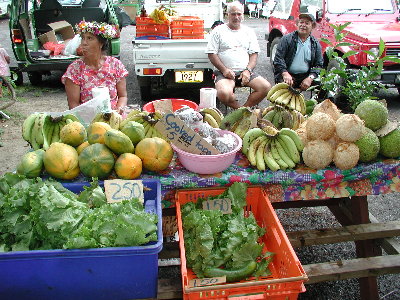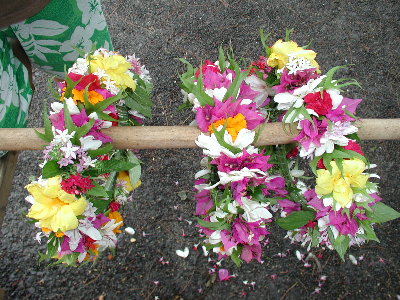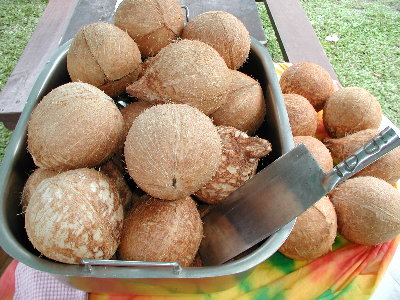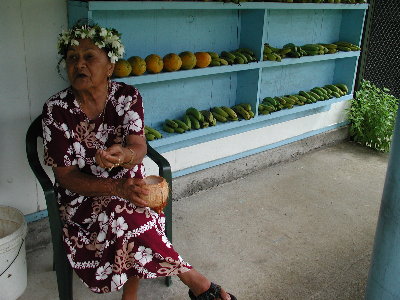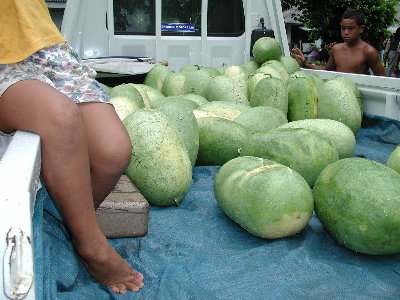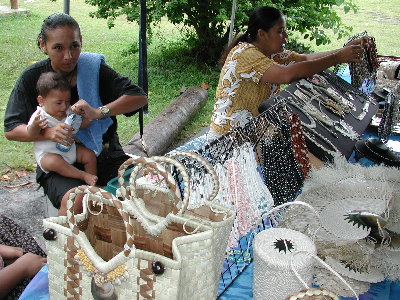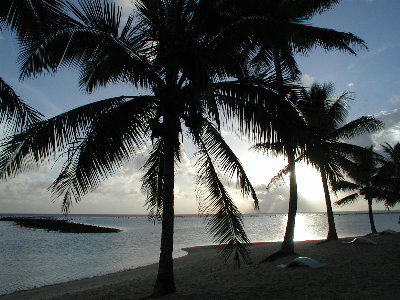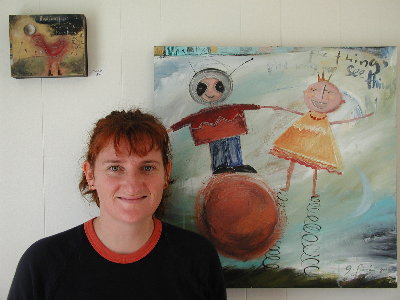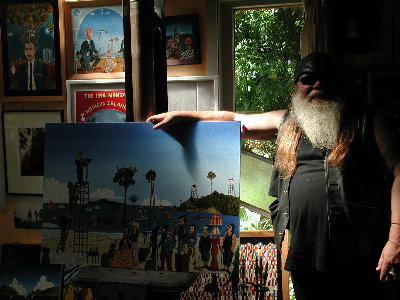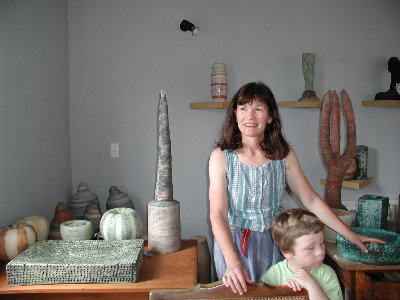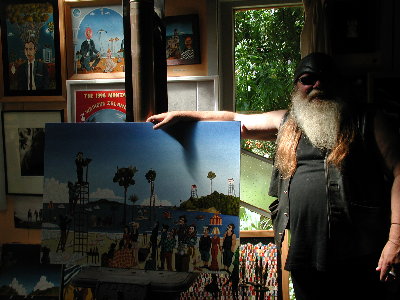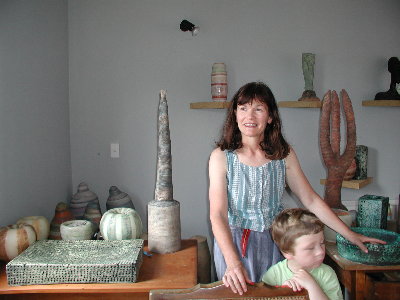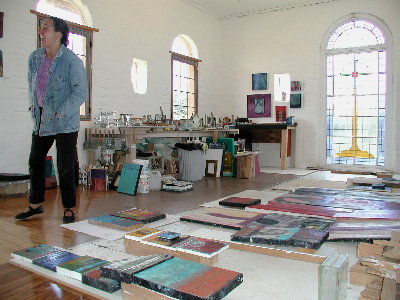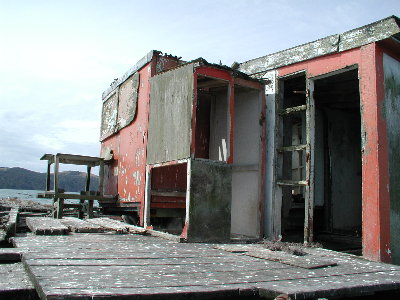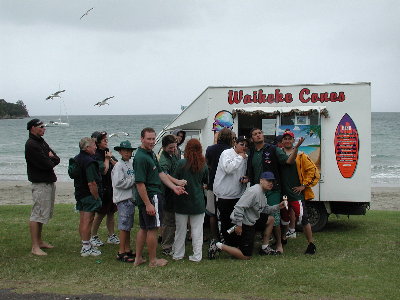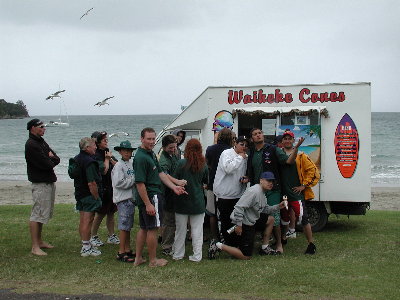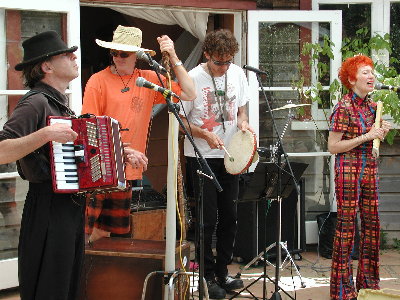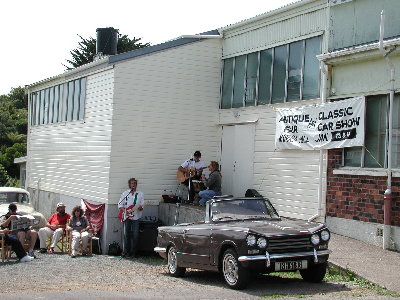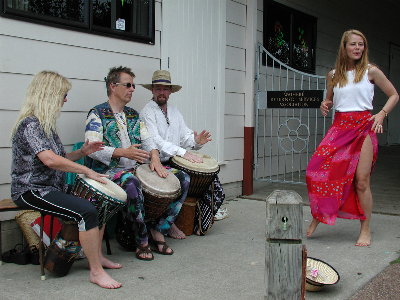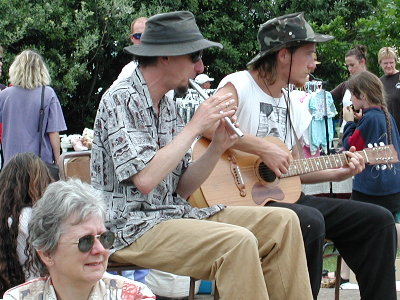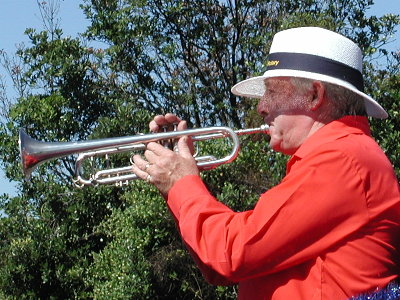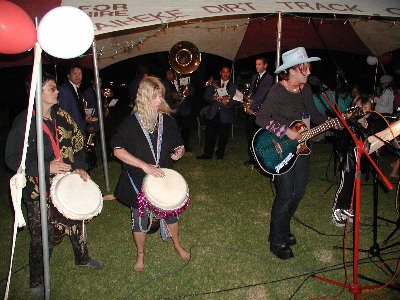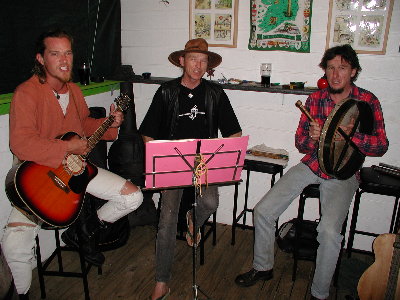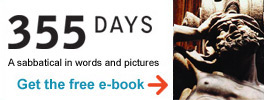Arriving at Rarotonga
02/15/01: Rarotonga, Cook Islands

After relinquishing our campervan in Christchurch, NZ, we spent another day airborne and flew off to Rarotonga, a volcanic reef-rimmed atoll in the South Pacific. En route, we crossed the international date line and instantly gained 24 hours—just when we had begun to get the go-homes and count down the days.
We’ve had to search the globe and go through 20 time zones, but it appears we’ve finally found the middle of nowhere. That’s an exaggeration, of course, since there are 11,000 residents and at least as many tourists here—plus cel phones, ATMs, and internet service. But there are also omnipresent wild chickens, miles of untouched reef, and a few tribes that still run things and haven’t agreed (or allowed intermarriage) for, well, hundreds of years. “It’s like Hawaii was 30 years ago,” say the experienced tropical travelers. By that, we assume, they mean it’s hot. It’s the peak of summer in the southern tropics, after all, so the island is like one big greenhouse, and we’re mere snow cones melting inside it. We’ll share some more sights soon after we cool off and explore. But here’s a first impression.
